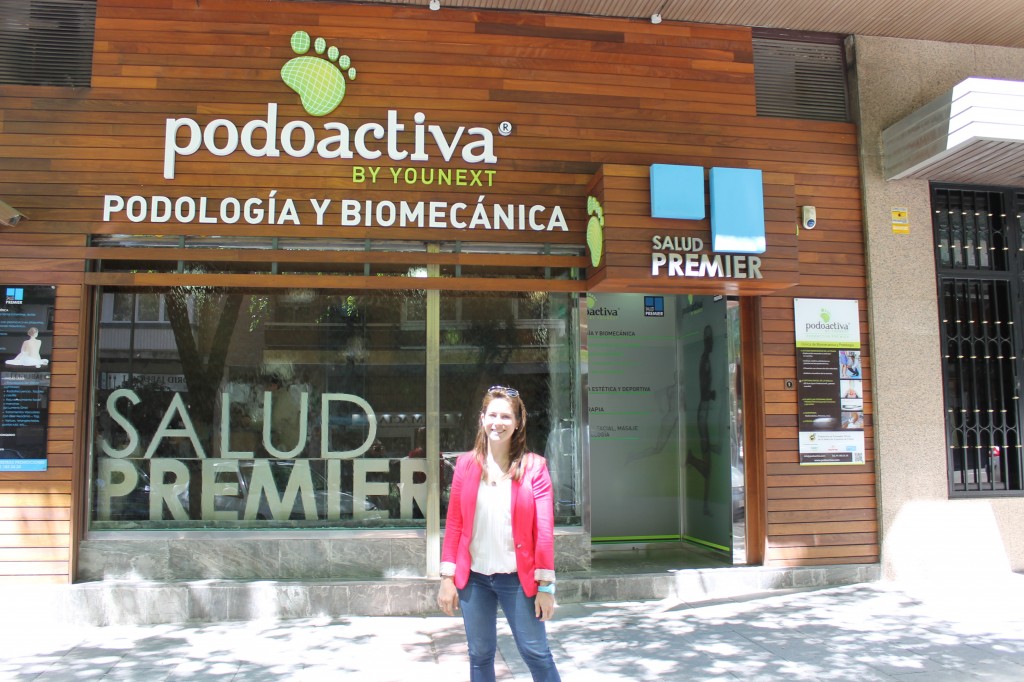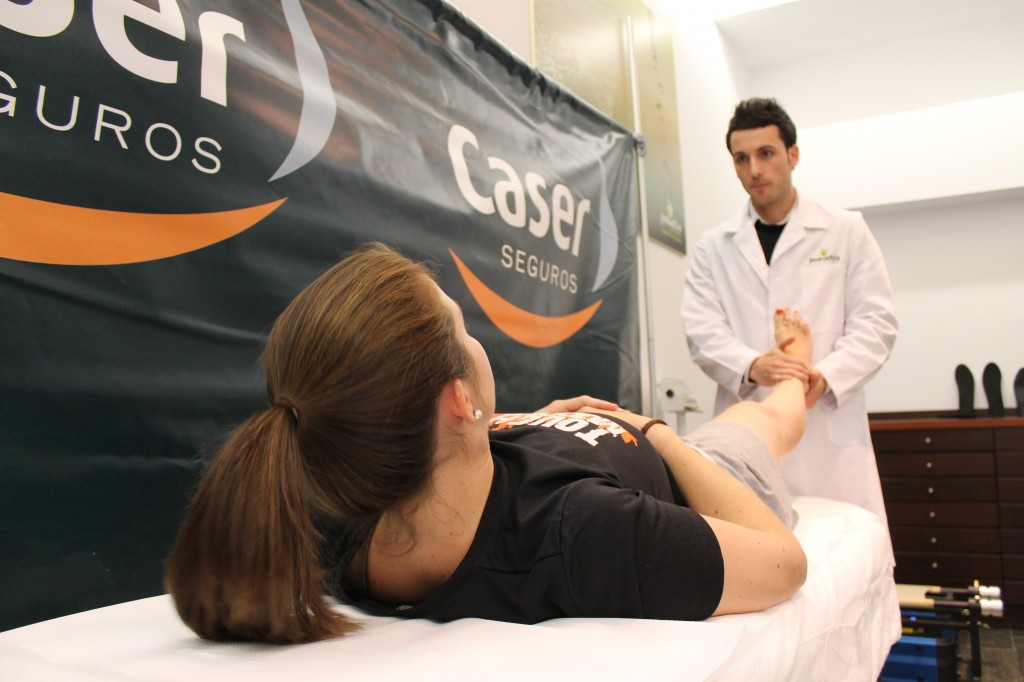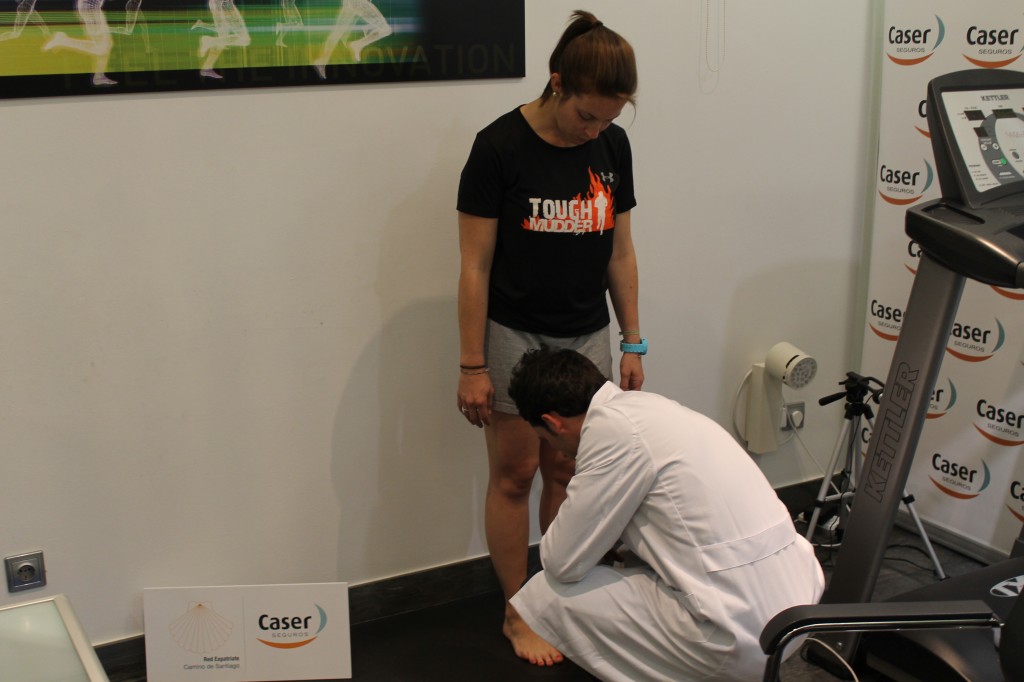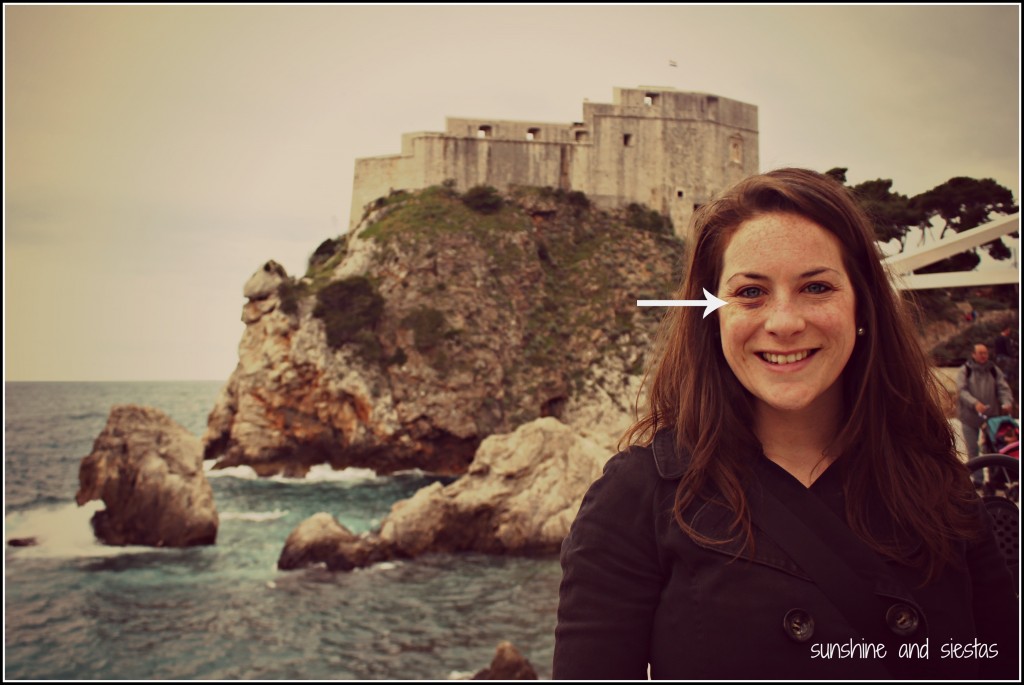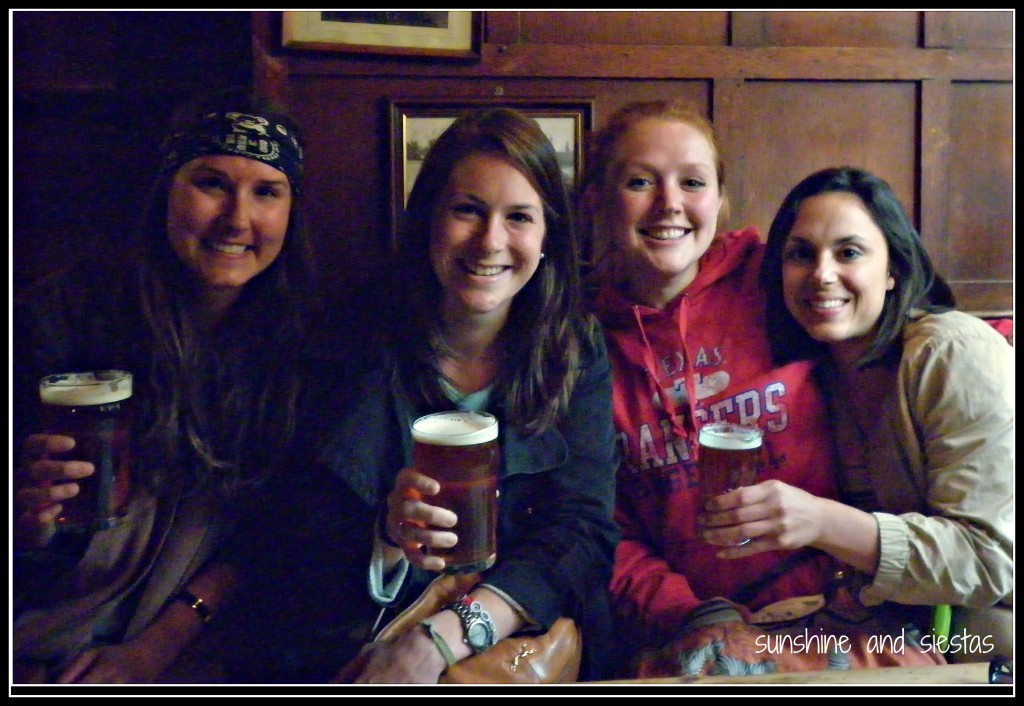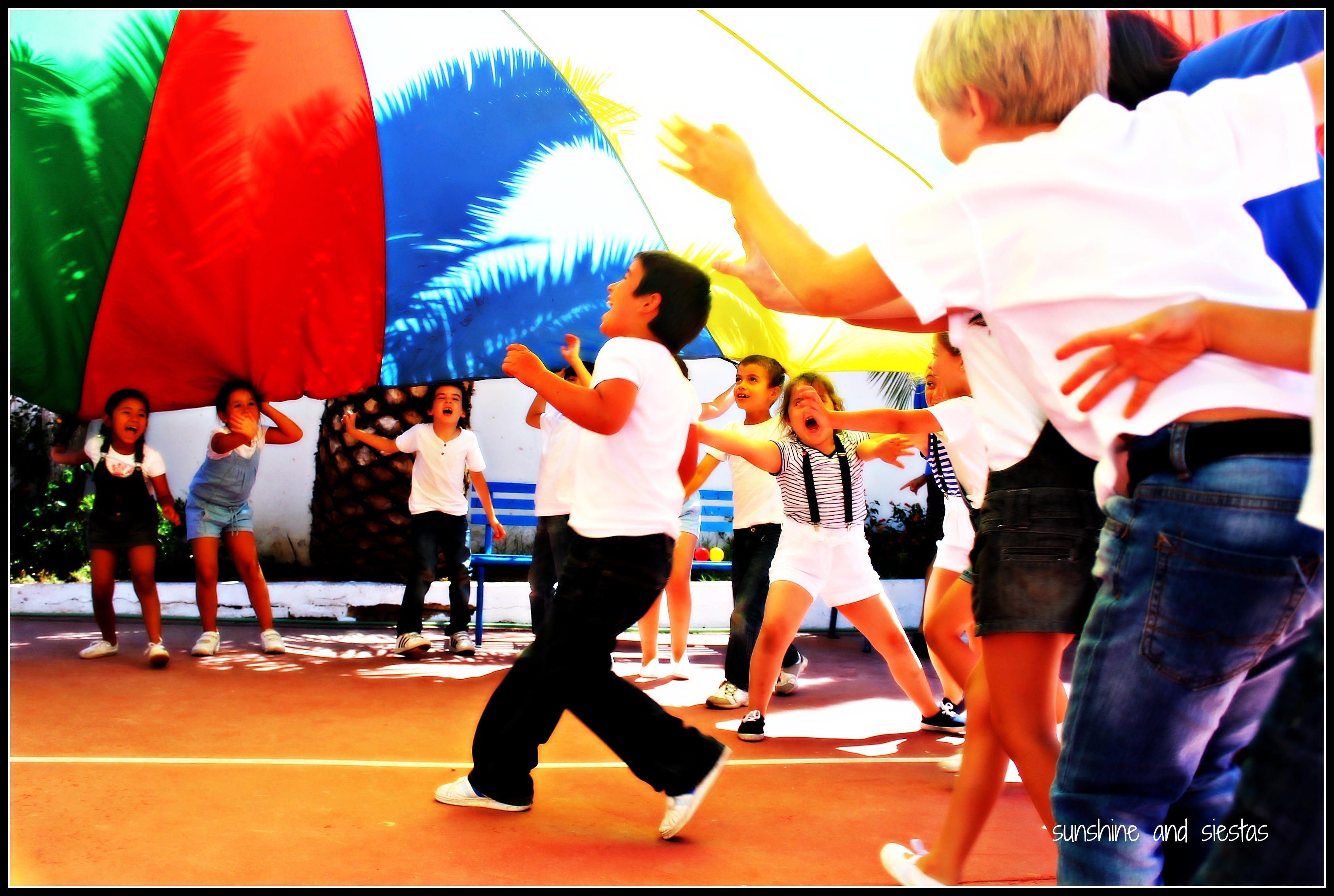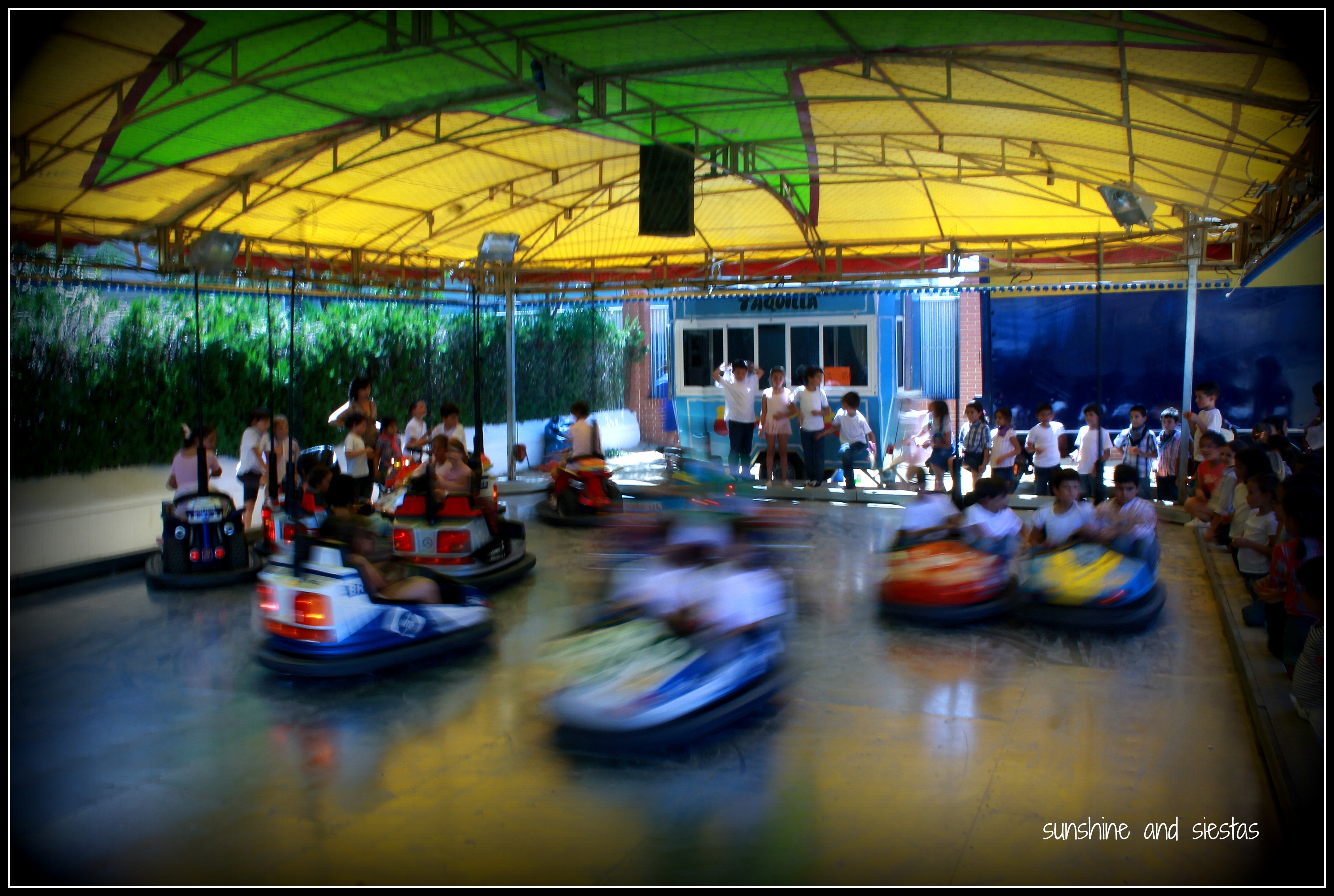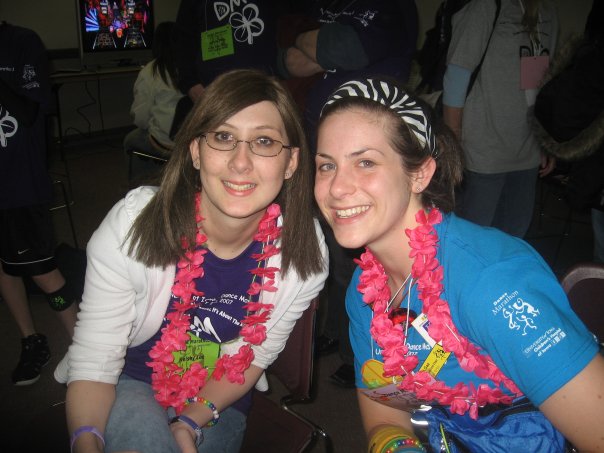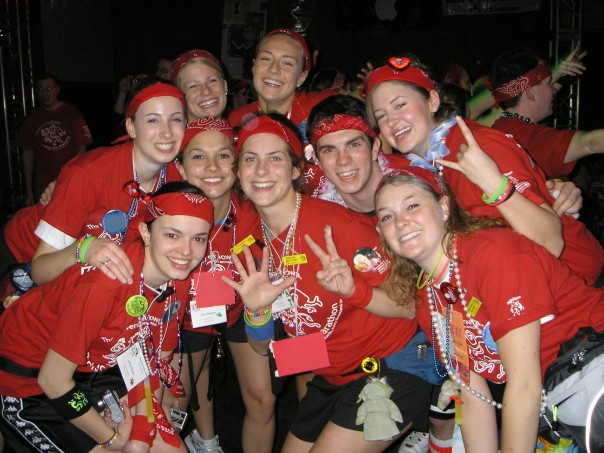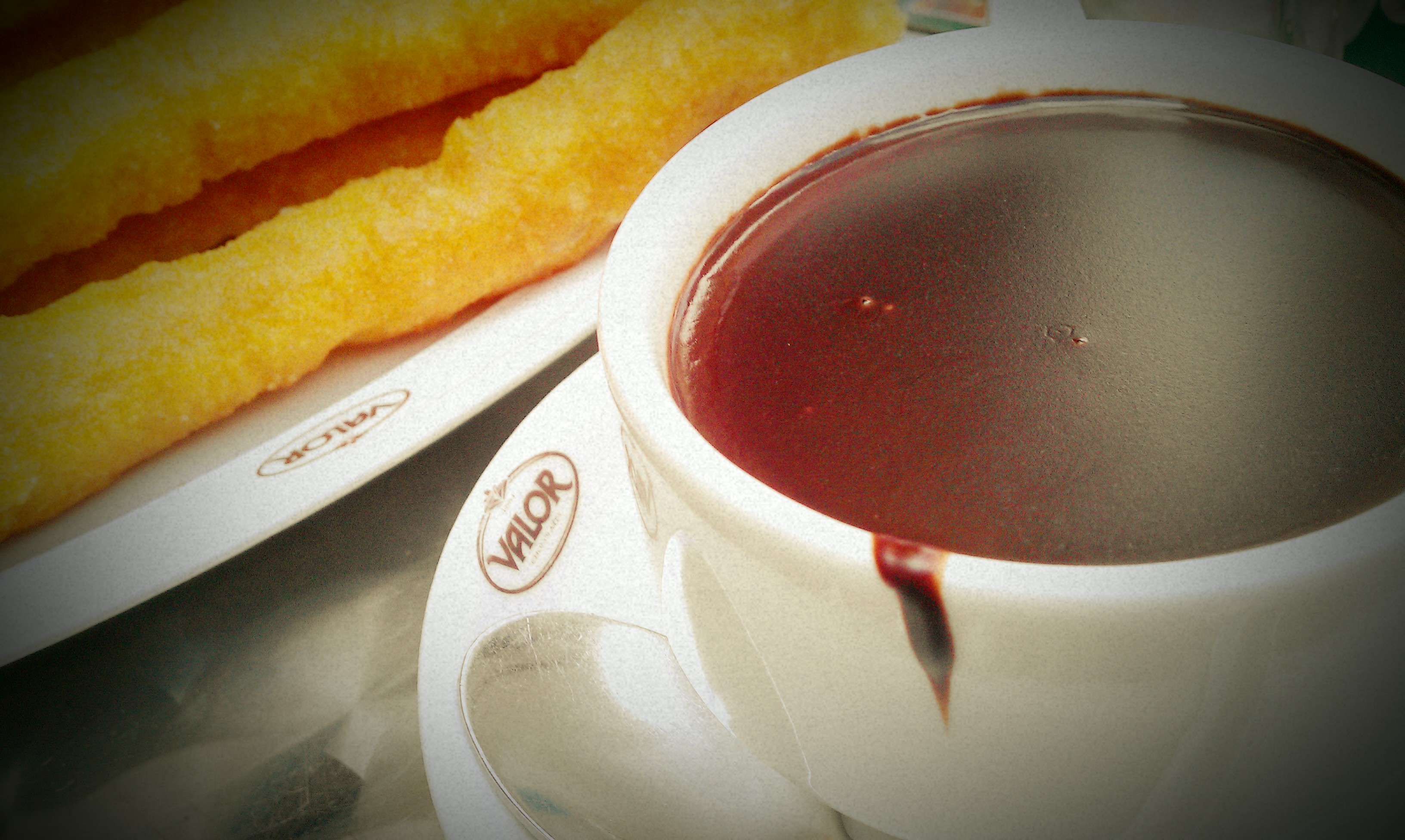I’ve been thinking a lot about passion these last few weeks as I wrap up my master’s and mentally prepare for walking over 200 miles on the Camino de Santiago. Many of you have never met me face to face, but it’s clear that my passions are Spain, blogging, and photography. Add with that a love for helping people and connecting, and challenging myself, and you’ve essentially got my reasons for wanting to do the Camino de Santiago.
Pursing my passion led me to Spain in the first place: a passion for Spanish language, a passion for traveling and a passion to do something different while pushing my personal limits. I’m never one to drag my feet when it comes to making a decision and sticking to it – evident by my fight with bureaucracy, my fight against the Spanish private school system and my fight to make a meaningful life in Seville while dealing with my guiri complex.
My parents claim I ran before walking, and have been the first to tell me I’d always have the world at my feet so long as I stayed true to myself and what I wanted out of life. Thanks, padres. This led to a near-obsession with walking the Camino de Santiago, and for carrying something more than a 6kilo backpack for more than 200 miles.
When looking around for sponsors, I had very few criteria. For one, they had to be on board with my reasons for walking and support Dance Marathon and my passion for it. Secondly, they had to be people who personified passion themselves. When Caser Expat Insurance contacted me not three days after my post on why I’m walking went live and shared their interest in me and my story, I was floored.
A few weeks later, I was on a Madrid-bound train to meet Pablo, the director of Caser Expat Insurance, and his team. Their biggest focuses are on health and well-being, so they took me to have a physical…for my feet. Talk about putting your best foot forward!
Pulling up to the Podoactiva clinic near Paseo de la Castellana, it was clear that these people were passionate about feet. Despite having a clientele that ranges from the players of Real Madrid to Shakira, the office was welcoming and calming (it even quelled my nerves about baring my feet to a bunch of strangers).
Carlos got me set up in one of the consults, which was stacked wall-to-wall with machines. Podoactiva uses biomechanics to measure your feet’s resistance, strength, weight distribution and more, which is why they specialize in sports performance. Having been a gymnast my whole childhood, I would have loved to know all of these fators growing up, especially because my body now feels like an abuelita‘s.
After the customary round of questions – birthdate, weight, shoe size – I was made to lay down on a cot while Carlos tested the flexibility and strength of my ankles. He guessed I was a dancer because even the slightest touch or twist meant my ankle bent. “I hope you got boots that cover your ankles” was Carlos’s response.
Oops. They looked funny!
Once finished, I stood still for 30 seconds upon a mat so that the pressure I put on each foot could be properly measured. Carlos and his colleague, Jaime, then fed these images into a computer so that I could see the results. As it turns out, the knee injury I got from gymnastics ten years ago has greatly affected the way I walk and stand – I overcompensate with the right side of my body, particularly in the toes.
Asking me to walk back and forth on the pressure mat, Jaime and Carlos watched closely (and took a video) to see how I walked and how much support my ankles got when doing so. It was evident that my feet turned in, and the effect than four years of marching band had on the “roll-down” way in which I walk. This, Carlos explained, was causing the bones in my feet to become impacted and lose the natural arch (in other words, I have juanetes. Go look up that word, lest it show up in a search engine in English!).
I also walked on a treadmill, both barefoot and in my running shoes before sticking my foot into the patented Podoactiva 3-D scanner. Jaime helped me to Keep my foot still on the soft silicon hammock as each foot got scanned, creating a virtual image of what my custom insoles should look like. The scans are sent to the company’s manufacturing plant in Huesca, where they use lasers and robots to cut the insoles.
In about two weeks, I’ll have custom-made plantillas delivered to Podoactiva’s office in Los Remedios to start breaking in, along with my boots. Since the whole two-week trek won’t exactly be a walk in the park, knowing I have the passion for foot care and a healthy lifestyle behind me and someone to walk in memory of, I’m excited. I’m elated, actually. And dreading how my feet will look afterwards!
Don’t forget to follow my Camino story through my blog and through the hashtag #CaminoFTK. Awareness is key, so please spare a moment to share any posts via social media if you see fit. I couldn’t do all of this without the support of people like you all, Kelsey’s family, Caser Expat Insurance, Walk and Talk Chiclana, Books4Spain, Your Spain Hostel and Dance Marathon.
Podoactiva will be with me literally every step of the way: they graciously picked up the tab for both my consultation and the lime-green insoles I’ll be getting for my hiking boots. I’m still a bit cross that their client Xabi Alonso didn’t come watch me run barefoot on a treadmill, but you can’t always get what you want.

